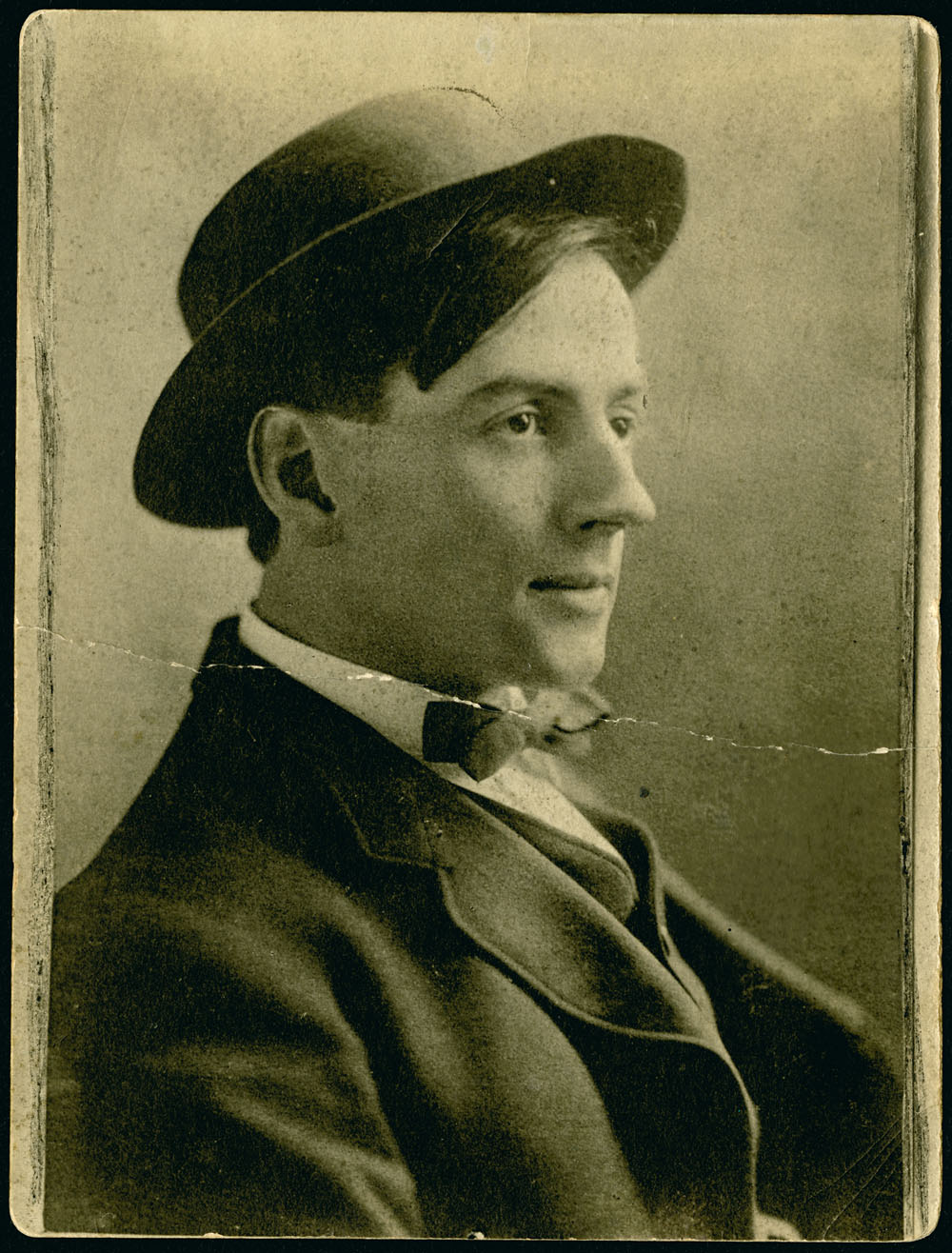On July 8, 1917 - 100 years ago - Canadian painter Tom Thomson disappeared while canoeing in Ontario's Algonquin Park. He was never seen alive again. While then relatively unknown as an artist, his reputation grew significantly after his death. In 1920, his friends and peers went on to found the Group of Seven, arguably Canada's most famous cultural point of reference. The Group members cited Thomson's influence on their work, and gave him credit for inspiring their interest the landscape of Ontario's Canadian Shield.
As Thomson's reputation grew, so did interest in his life, and particularly, in his death. Since the 1970s, a significant body of writing has been devoted to exploring Thomson's disappearance and demise. These works have offered arguments based on evidence, hearsay, speculation, and sometimes even outright fictions regarding what happened to Thomson in July 1917. While some have served to expand our knowledge, others have served to further confuse our understanding of what happened to Tom Thomson 100 years ago.
Myths have displaced the facts
When beginning the work that would become Death on A Painted Lake: The Tom Thomson Tragedy, I surveyed much of the literature that has been written about Tom Thomson's demise, particularly over the last few decades. I encountered stories of drunken fights, unpaid debts, unwanted pregnancy, suicide coverups, and murder conspiracies. What I was surprised to discover, as I turned to the primary evidence - the documents written in 1917 - was how few of these claims had any evidence to support them. What I soon came to realize is that much of what we've been told of Tom Thomson's last spring and death is more myth than fact.
In particular, much of the writing claiming Thomson's death was the result of suicide or murder incorporates fanciful speculation rooted in gossip, misunderstanding, and entertaining but ultimately untrustworthy stories.
What are the roots of the mythology?
Tom Thomson was initially buried in Algonquin Park. Much of the mystery surrounding Thomson’s death was initially fed by awkward communication regarding the Thomson family’s wishes for Tom’s remains. Evidence from the time indicates his family never wanted to have him buried in Algonquin Park, and tried to communicate their wishes to those at Canoe Lake, where his body was discovered and first buried. Technological problems and poorly worded telegrams from those in Canoe Lake produced delays that had repercussions for those living and working in the presence of their friend’s decomposing body. Without word of the Thomson family’s wishes, all at Canoe Lake agreed something must be done. The exceptional challenge of having to deal with a tragic death in the small community, and perhaps some insecurity about who should have responsibility for decision-making regarding Thomson's body, resulted in decisions being made on the fly. Anxiety was no doubt compounded when it was discovered that the decision reached by those at Canoe Lake did not accord with the Thomson family's desires.
Conflict over such an emotional issue clearly caused consternation and frustration all around. The exhumation of Thomson’s body from his Algonquin Park burial site within a day of his preliminary burial created fertile ground for hostility and suspicion over the decades to come. Eventually, these feelings would bear ill fruit.
How should Tom Thomson's death be remembered?
Over the last century, Thomson has often been characterized as a deft outdoorsman with natural skill at painting a unique, distinctively Canadian environment that he knew well. This is an image that Thomson’s friends and supporters worked to advance after his death. It was integral to the rise of his reputation. If Thomson died as a result of a canoeing accident in the middle of the day on a calm lake, this image would be significantly destabilized. It is not however, an image, that is necessary to appreciate Thomson’s contribution to the development of Canadian painting. As Harold Town observed, decades of speculation regarding how Tom Thomson died have done little but cloud our understanding of Thomson’s life and the importance of his art. Acceptance of what the evidence suggests about Thomson's death, that he died by accident and not suicide or murder, points to the importance of understanding his painting not through the lens of romantic myth, but as what it was, the inspiring efforts of a skilled and hard-working artist - an artist who could still, nonetheless, make mistakes and suffer accidents.
That Tom Thomson’s painting has become part of the national identity, one of the types of symbols that Canadians share as part of their common language, is a grand legacy for a man who had little art training, but who took the greatest pleasures in life from painting out under the open sky. That he died under that same sky, on the waters and among the trees and islands that populate his paintings is no doubt tragic, and will ever remain so. A hundred years on from his passing, however, he has not been forgotten, nor has the land he loved. Every year thousands of people flock to see his paintings, and to visit Algonquin Park. As a model, as inspiration, his influence lives on. Beyond ideas about his mental state, or his romantic life, or how he managed to get along with his peers, what Tom Thomson is remembered for is the passion that gave his life meaning.
Whether by accident or by natural causes, the fact is that death cannot be put off forever. We have no guarantee of how or when we will die, or what kind of legacy we will leave. Thomson likely cared little about the former, and would be heartily gratified knowing what role he played, and continues to play over a century later, in alerting Canadians to their artistic and natural heritage.


No comments:
Post a Comment